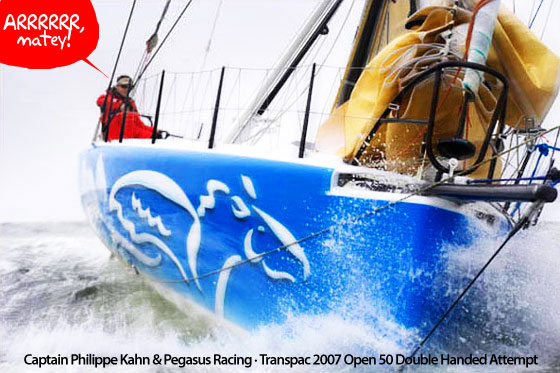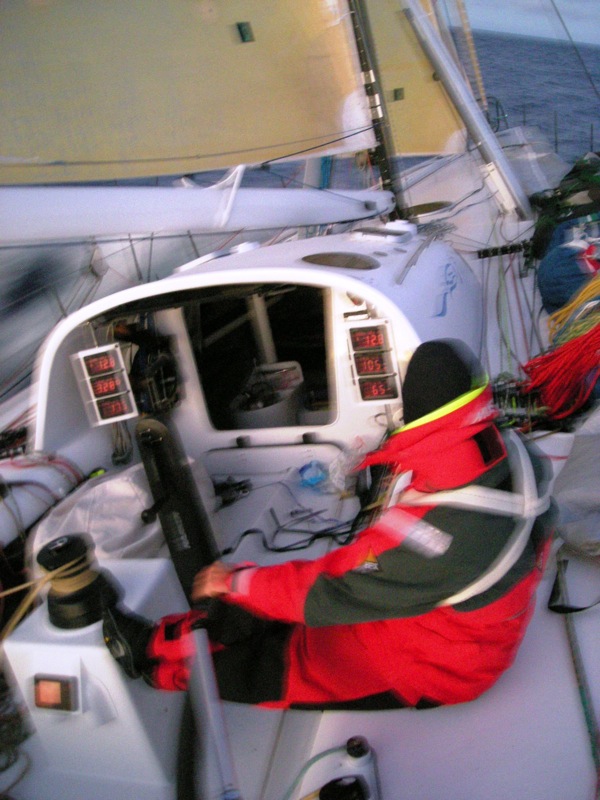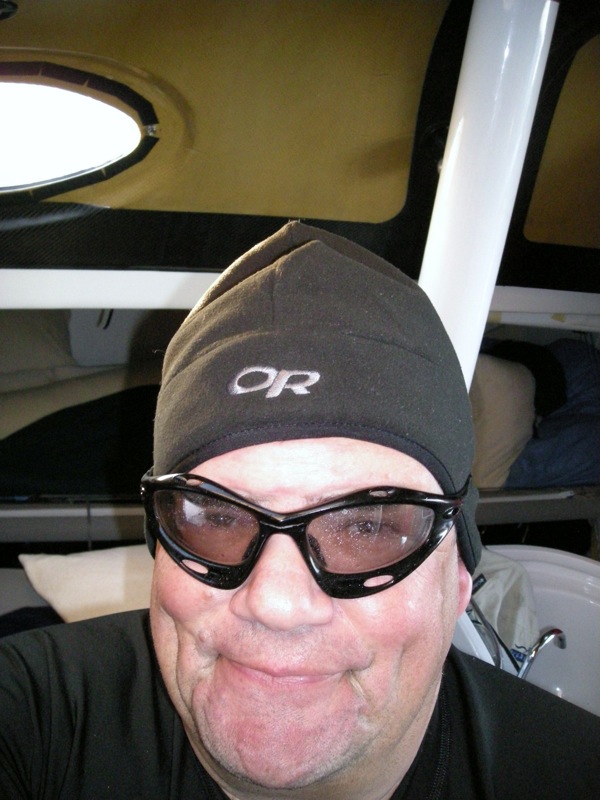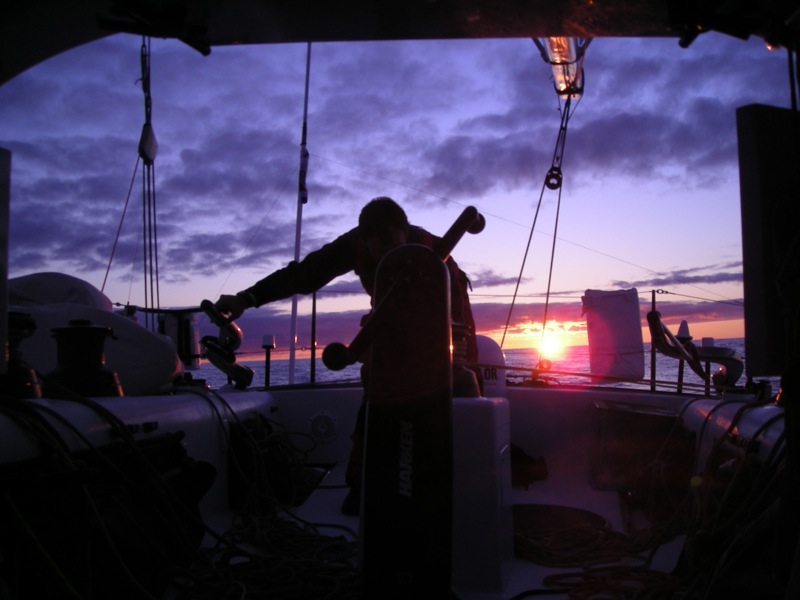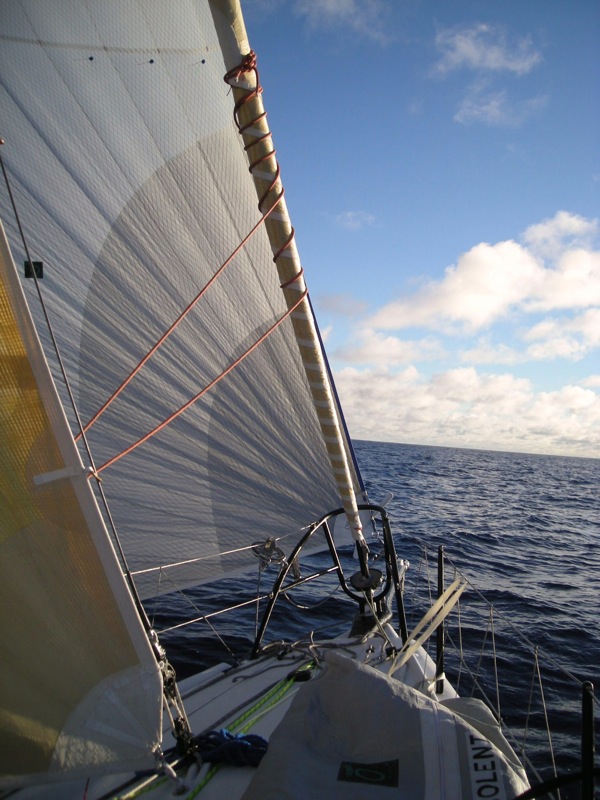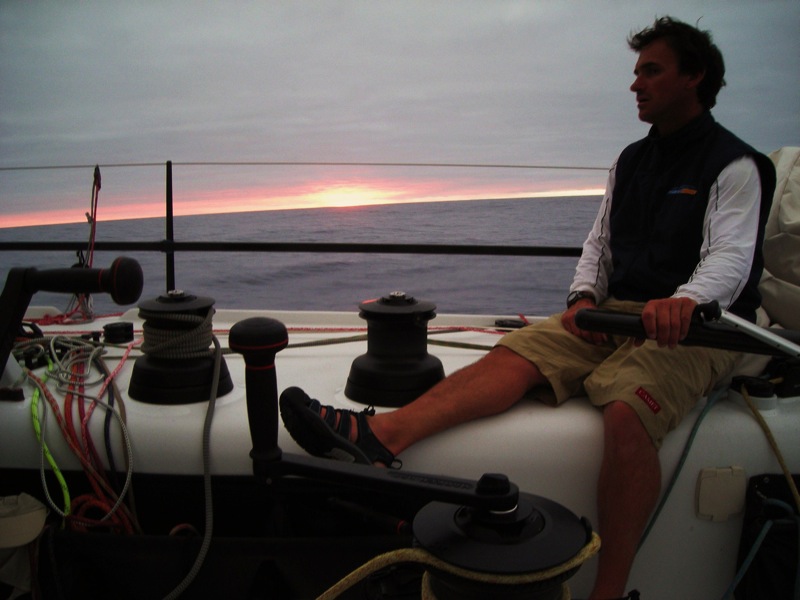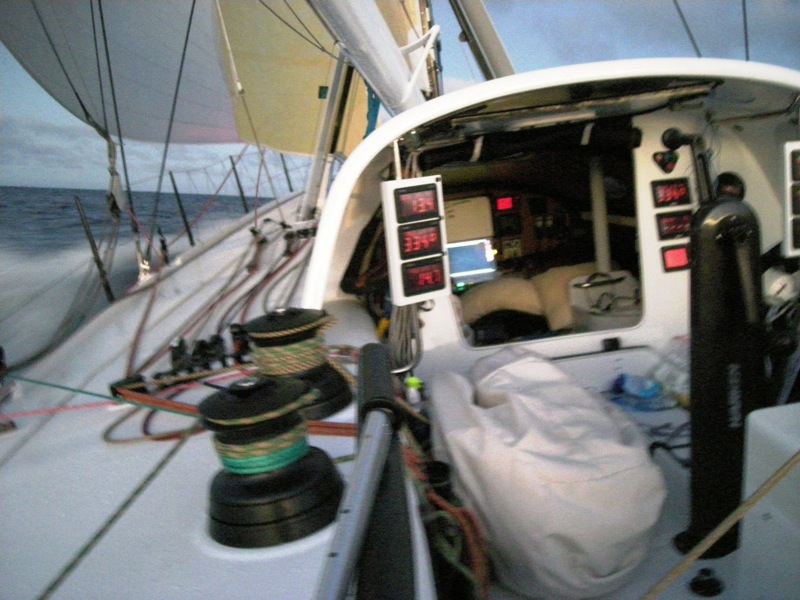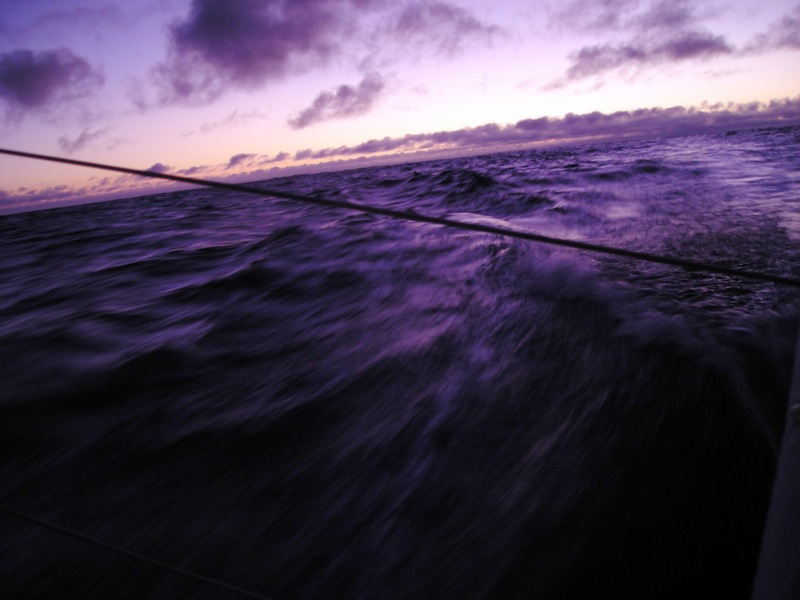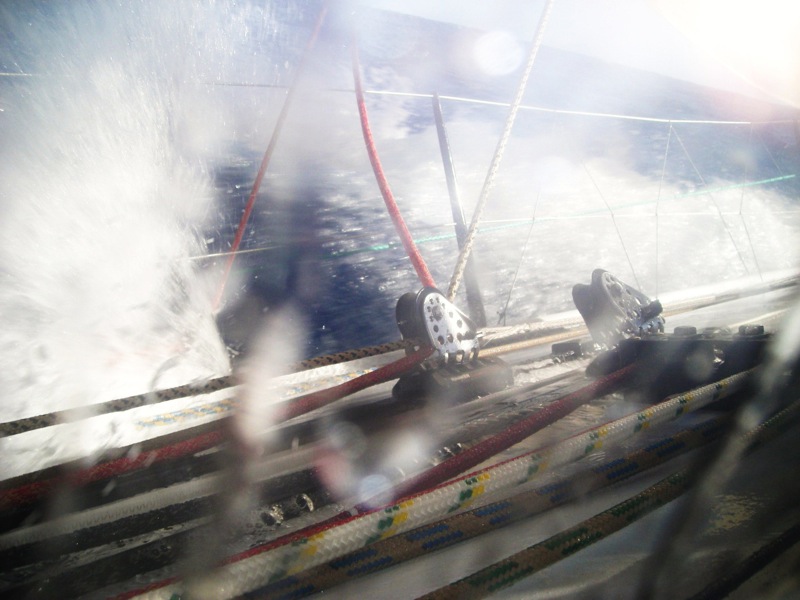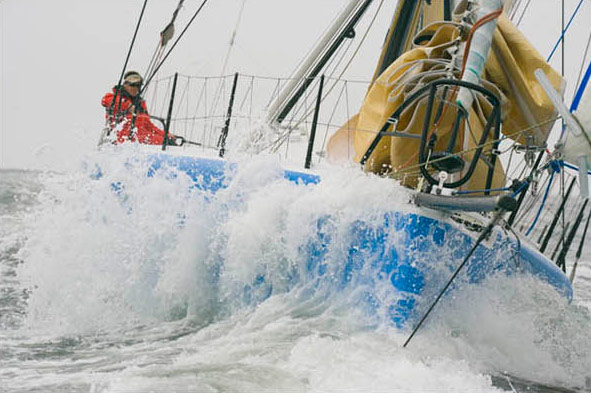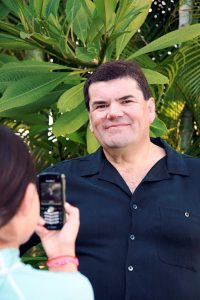The future of camera-phones, the next couple of years.
Q and A with Philippe Kahn, CEO of Fullpower,
Creator of the first camera-phone solution
What’s next for user-handset interaction?
Philippe Kahn>> Motion is coming next . Shake your camera phone to pick-up a call. No buttons, no fingers. Simple natural gestures. Tap it to advance songs in the media player.
What can we learn from devices like the iPhone, Nintendo Wii, and Logitech MX Air that utilize accelerometers and 3D space sensors?
Philippe Kahn>> The Wii did a lot of things right. What you are going to see is a lot of what people hadn’t thought about for motion. Very cool, interactive, and a surprise for many. It takes complex software technology to make it work right. All the prior attempts have been botched. Just like there were lots of touch-screen phones before the iPhone. But nobody had it right.
Will there be a change in how we use our handsets?
Philippe Kahn>> Camera phones are communication tools. So that’s what we’ll continue doing with them: Talk, share, watch, play. How we do it gets more intuitive, direct, and fun. Motion is a natural way.
Do users have a need for accelerometers and orientation sensors in their phones?
Philippe Kahn>> Sensors bring magic to many devices. But the sensors themselves can’t do anything without the breakthrough solutions. Accelerometers have deployed airbags in cars for 20 years, they just became useful for gaming. For the last 4 years, dozens of team members at Fullpower have been inventing new ways to use sensors and bring a paradigm shift to camera phones, MP3 players, and many other devices. People have tried sensors in camera phones before, but the software didn’t work properly and it all remained a science project.
What is FullPower working on to address this?
Philippe Kahn>> Fullpower has built a huge technology and IP portfolio and filed dozens of patents during the last 4 years. Fullpower works with market leaders to take their camera phones to the next level of usability. The nature of the Fullpower business is that we can’t discuss the projects that we work on for competitive reasons. We are very discrete. In fact, if you asked me whether our technology is embedded into one or another handset contractually I’d have to say: “No Comment”. 🙂
Do you think the cell phone will eventually evolve into a phone, internet device, GPS navigation system, and more? If so, what tweaks will we need to implement to the interface?
Philippe Kahn>> There will be all sorts of camera phones. Small, medium, large. All users are different. We will see everything in terms of functionality, form factors, and interaction models. Sensors embedded in all these camera phones working with Fullpower’s software will make camera phones smarter and much more aware of the environment they are in. That means a much cooler user experience. When everyone does voice, email, browsing, chatting, pictures, video…. What counts is user experience. Our vision at Fullpower is to radically simplify the user experience.
